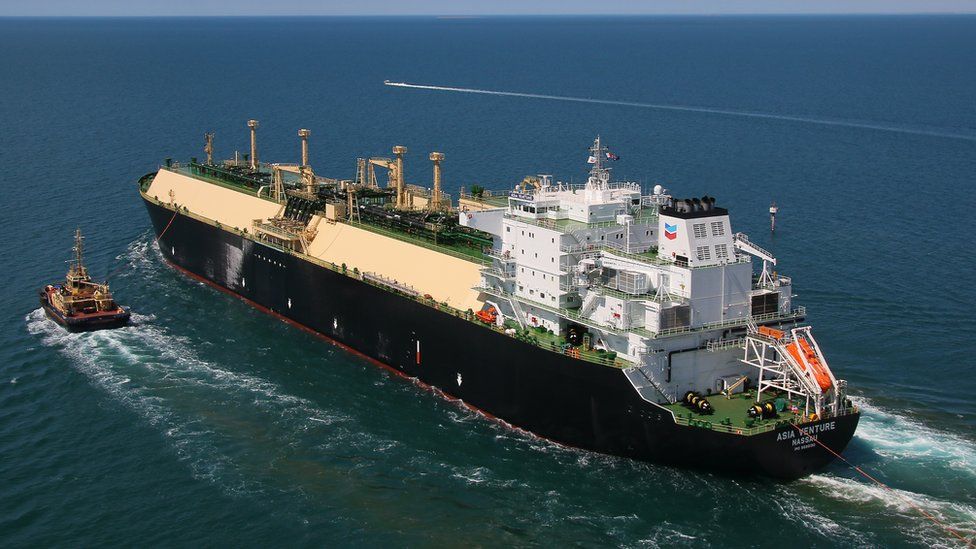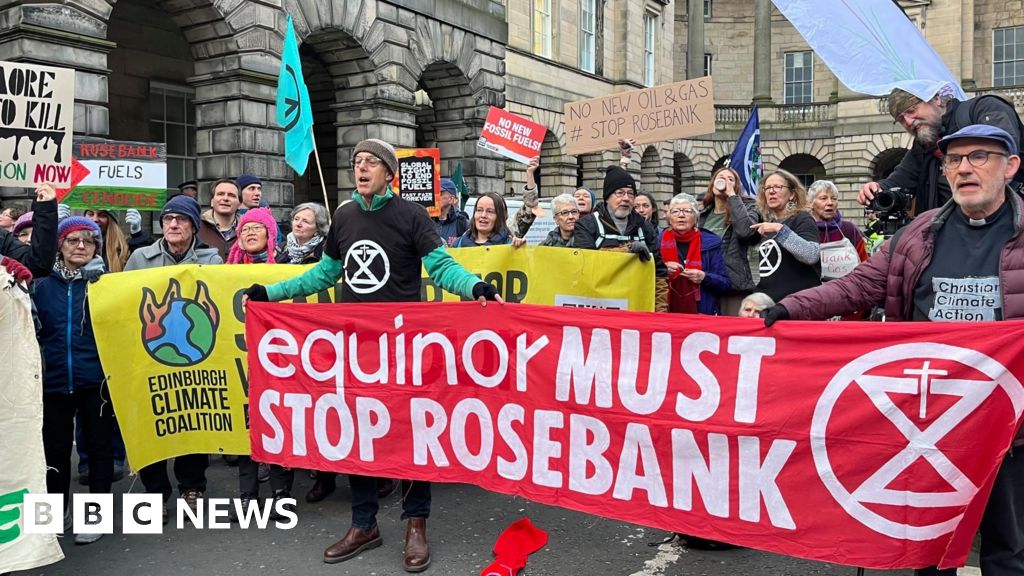ARTICLE AD BOX
 Image source, Chevron
Image source, Chevron
By Mariko Oi
Business reporter
Energy giant Chevron and unions have struck a deal to end strikes at two large liquefied natural gas (LNG) facilities in Australia.
Workers accepted a proposed agreement put forward by the country's labour regulator, said the Offshore Alliance, which is a grouping of two unions.
The current industrial action will now be suspended, a union spokesman said.
Strikes had been taking place at the Gorgon and Wheatstone facilities over pay and conditions since 8 September.
"At a late night mass meeting members endorsed the latest offer which incorporates the Fair Work Commission's recommendations," Brad Gandy, a spokesperson for the Offshore Alliance said in a statement.
Australia's industrial arbitrator, the Fair Work Commission, had hosted mediation negotiations between the company and union representatives.
"The Offshore Alliance will now work with Chevron to finalise the drafting of the agreement and members will soon cease current industrial action," Mr Gandy added.
Chevron Australia did not immediately respond to a request for comment from the BBC.
The US oil and gas giant's Gorgon and Wheatstone plants in Western Australia account for more than 5% of global LNG capacity.
The dispute triggered volatile trading in LNG markets over concerns that the walkouts could have an impact on global gas supplies.
The world's energy markets been under pressure since Russia's invasion of Ukraine early last year. Oil and gas prices soared, leading to a sharp rise in energy bills for homes and businesses.
The Kremlin has also slashed supplies of natural gas to Europe, which led countries to find alternative sources of energy. Many countries are relying on LNG to fill the gap.
Australia is one of the world's largest exporters of LNG, along with Qatar and the US, and its supplies have helped to cool global energy prices.
LNG is methane, or methane mixed with ethane, cleansed of impurities and cooled to approximately -160C.
This turns the gas into a liquid and it can then be shipped in pressurised tankers.
At its destination, LNG is turned back into gas and used, like any other natural gas, for heating, cooking and power.

 1 year ago
19
1 year ago
19








 English (US)
English (US)